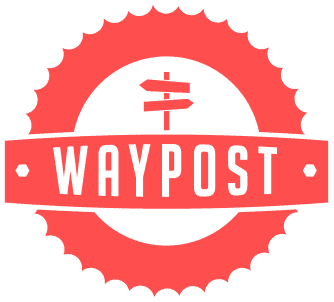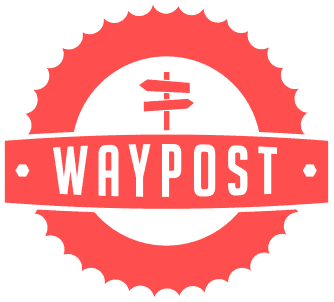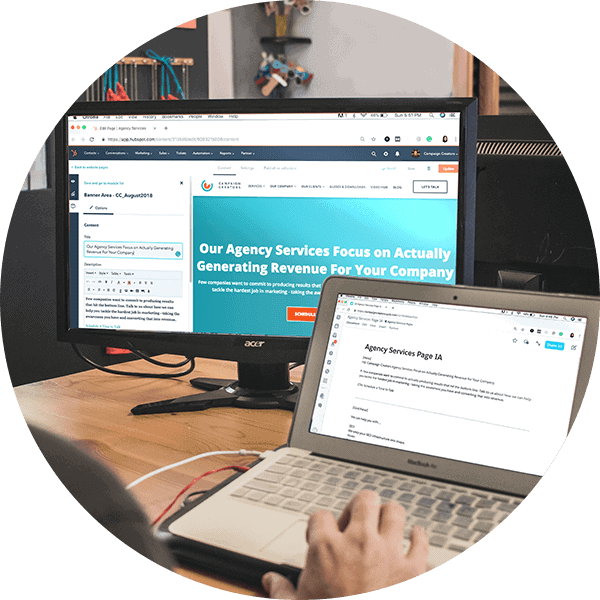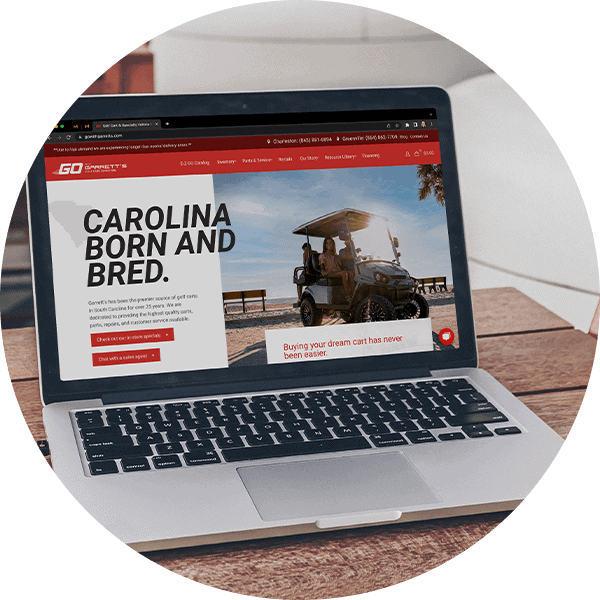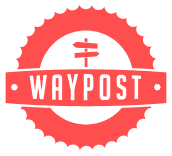
Digital Marketing’s 7 Deadly Sins
January 21, 2016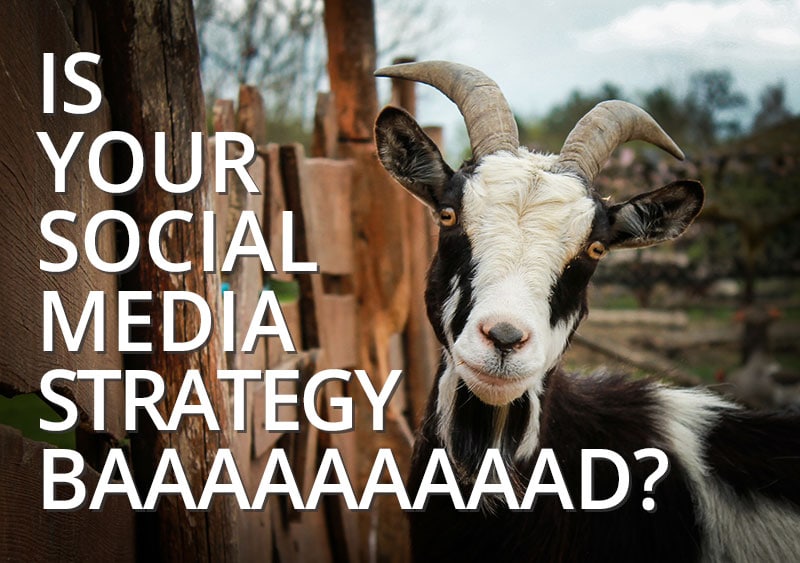
10 Social Media Best Practices
January 29, 2016 Writing for inbound marketing isn’t like any other kind of writing you’ve probably ever done. While it requires a solid foundation of the basic writing skills you picked up in your education, it combines a host of other writing styles and requires you to be able to seamlessly incorporate:
Writing for inbound marketing isn’t like any other kind of writing you’ve probably ever done. While it requires a solid foundation of the basic writing skills you picked up in your education, it combines a host of other writing styles and requires you to be able to seamlessly incorporate:
Because it’s such a complex and potentially unfamiliar style of writing, there are some best practices you should be aware of.
Organization
At the beginning of each piece of content you create, you need to ask yourself:
- What type of content is this? An email? A blog post? A tweet?
- What tone is used for this client? (Bonus points if you have a handy style guide created that you can reference!)
- Which persona are you talking to? (You do have personas fleshed out, right?)
- What is the purpose of the piece?
- What do you want the reader to do at the end of it?
The answers to these questions should guide you through the creation of your content.
Content
Remember in high school, or maybe college, when you took writing classes and had to plan and write out the classic 5-paragraph essay? Remember how you thought you’d never have to use that again?
Does It Flow? Is It Organized?
While you don’t necessarily have to have exactly 5 paragraphs, you do still need an outline. You have about 8 seconds to capture your readers’ attention. This means you do not get to ramble. What is your purpose? What are your keywords? Where is your topic sentence? What is each paragraph about? Make these decisions in the beginning so that you can determine how your piece will flow. By having an outline, you make conscious decisions about where your reader starts with the information you are going to give them, where they end, what informational gaps you need to fill in to get them from point A to point B (and which gaps you’re going to leave to encourage them to call!), and where to send them when they’re done.
There are 2 main types of readers: the thorough reader, and the scanner. The thorough reader is going to read every word (and they’re going to catch every mistake!), but the scanner is going to hit the highlights—make sure you give them the highlights in an easily digestible way… or they won’t bother finishing your piece! Bullet points are your friends. White space is your friend.
Is It Accurate?
With 70% of buying decisions being made based on online research, it is vital that the information you’re putting out there is accurate. Bad information does terrible damage to your inbound strategy and even your company’s reputation. Do your research. Ask for help if you need it. If you’re working for an agency and writing on behalf of a client, keep in mind that your client is an expert in their industry! Pick their brain if you need to!
Is It Complete?
This ties in with the information being accurate. Don’t cut off potentially important information in order to stick to a word count. If you’re starting to run long on an article, split it into 2 parts. Word counts are important because readers don’t have all day, but it’s not worth sacrificing valuable information to stay below a certain number of words. Which leads us to…
Is It Concise?
I know we said that your content is like your 5-paragraph essays from high school. However, there is a very important distinction: with internet content, you must be concise. Don’t use 12 words when 4 will do. We are no longer plumping up essays and puffing up content with as many adjectives and adverbs as we can think of in order to meet word count. (See what I just did there? Don’t do that.)
Really, just forget your word count. It’s more of a guideline anyway.
Is It Compelling?
I saved this question for last because, in my view, it is the most important. It is so easy to get caught up in making sure our content is informational, clever, organized, visually attractive, keyword rich, grammatically correct, and sometimes even just done that we forget to read it one last time and ask the question…
Does this make me want to take the next step?
You determined what that next step is in the beginning when you determined the purpose of the piece. Usually during that stage, you’re determining what the call-to-action needs to be. Ideally you’re writing the piece with the call-to-action in mind. After you’ve created the piece, you have to read it one last time and ask yourself, “If I were my reader, would I keep going?” Would you click ‘read more?’ Would you fill out the form? If the answer is “no,” then you need to fix it so you would. There is way too much time, energy, and money invested in content creation to create content that doesn’t make people want to convert.
Fundamentals
I can’t end this piece without hitting a couple more key points:
- Spelling. Grammar. Punctuation. These are vitally important. Randomly capitalized Words for No reason, subject/verb disagreements, run-on sentences, and misused commas all undermine the credibility of your business. You cannot afford to look like an idiot when your competitor down the road who really is an idiot doesn’t come off that way because he has a good copyeditor. Learn the difference between ‘discreet’ and ‘discrete’. Learn when to use a hyphen, an en dash, and an em dash. If you don’t know something, look it up!
- Proofread. Everyone makes mistakes, and the longer you wait after initially writing your piece, the better you will be at catching those mistakes. Give your brain a break. If possible, get a colleague to help you proofread. They can also read your piece in a dispassioned way which will allow them to determine if your piece is organized, accurate, complete, concise, and compelling.
- SEO. Make sure your on-page SEO factors are on point. There is no point writing this great content if the search engines won’t find it—it’s like putting an awesome sign in the middle of the desert with no roads. It looks great, but no one is ever going to see it.
If you’re reading this piece and you’re thinking that all of this sounds a bit overwhelming, don’t panic! You need an agency to work with your company who does this all day every day. Give Waypost a call at (864) 288-6162 or contact us online. If you feel like you should be getting more leads from your site but you’re not quite ready to talk yet, download our FREE ebook, “25 Website ‘Must Haves’ For Driving Traffic, Leads, & Sales.”
